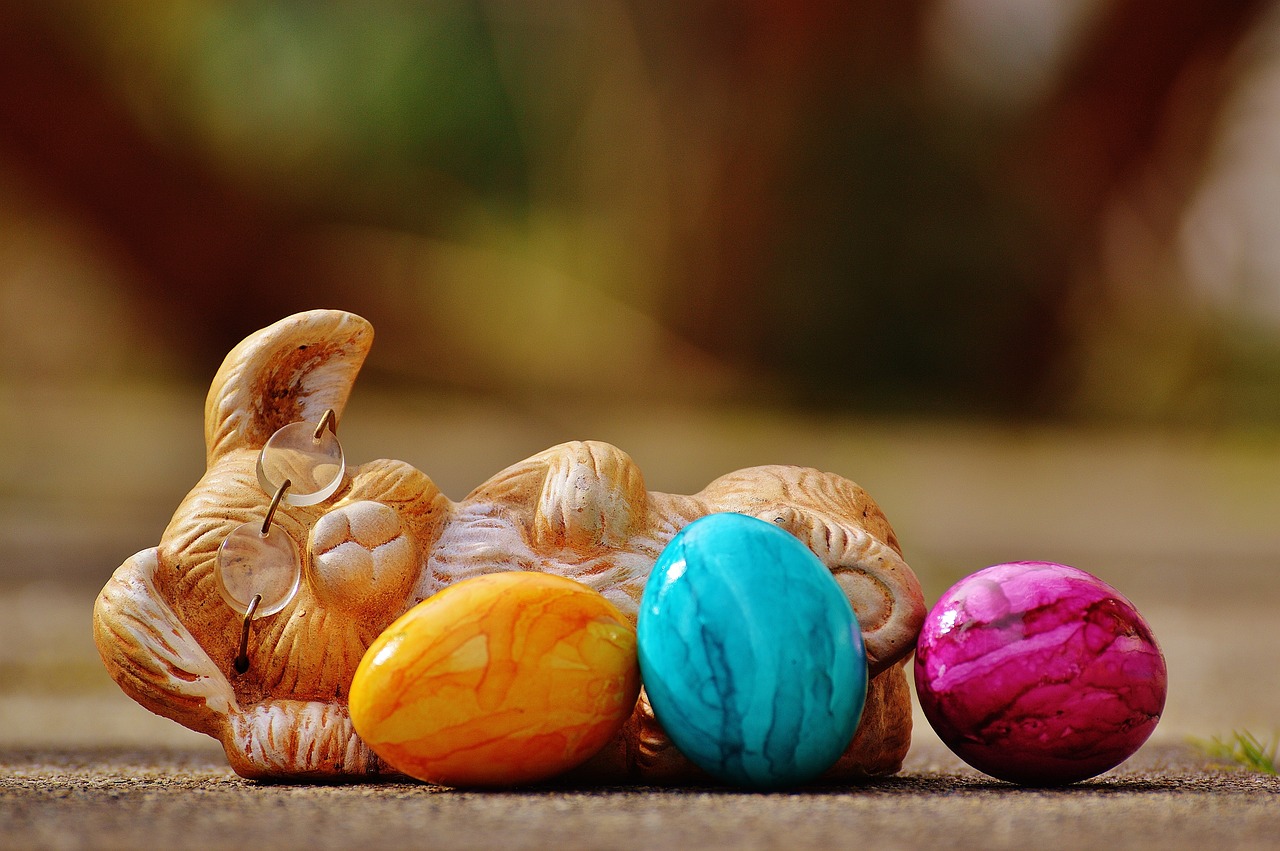Easter in Germany is more than a religious holiday – it is a vibrant mix of ancient traditions, springtime celebrations, and festive gatherings. While other countries focus mainly on the Easter Bunny and chocolate eggs, Germans embrace a rich heritage of Easter customs that have been passed down for generations. From beautifully decorated Easter trees to the iconic Osterhase (Easter Bunny) and traditional feasts, Easter in Germany is a season of renewal, family, and colorful traditions.
But what exactly sets a German Easter apart from the rest of the world? Whether you are planning to visit Germany during the holiday or just want to bring a touch of authentic German Easter traditions into your own home, this guide will take you through everything you need to know how to celebrate Easter like a German.
The Origins of Easter in Germany
The word Easter may come from the Germanic goddess Eostre, who was celebrated in pre-Christian spring festivals. Many early pagan customs, such as egg decoration and feasting, were later integrated into Christian traditions. Today, Easter in Germany combines religious observances with folk traditions, making it one of the most important holidays of the year.
Easter celebrations typically last four days, beginning with Karfreitag (Good Friday) and ending with Ostermontag (Easter Monday). During this time, families attend church services, decorate their homes, visit Easter markets, and take part in various local traditions.
Traditional German Easter Customs
1. The Easter Bunny (Osterhase) and Easter Egg Hunts
Germany is home to the Osterhase, the original Easter Bunny, who first appeared in 17th-century folklore. Unlike the commercialized Easter Bunny of today, the Osterhase was believed to be a mysterious hare that delivered eggs to well-behaved children.
German children still wake up on Easter Sunday (Ostersonntag) to search for hidden eggs, chocolates, and small gifts left by the Osterhase. Families often organize Easter egg hunts (Ostereiersuche) in their gardens or local parks.
2. Decorating Easter Trees (Ostereierbaum)
One of the most uniquely German Easter traditions is the Ostereierbaum, or Easter egg tree. Families decorate small branches or entire trees with hollowed-out, painted eggs, creating stunning Easter displays.
The most famous Easter tree belonged to the Kraft family in Thuringia, who decorated their apple tree with over 10,000 eggs, drawing visitors from around the world. Today, many German households continue this tradition with smaller, beautifully arranged Easter trees.
3. Easter Fires (Osterfeuer)
On Easter Saturday (Karsamstag), large Osterfeuer (Easter fires) are lit in towns and villages across Germany. This tradition dates back to pre-Christian times, when fires were believed to ward off evil spirits and bring good luck for the coming year.
Today, Easter fires are a symbol of renewal and an opportunity for families and friends to gather outdoors, enjoy food and drinks, and welcome the arrival of spring.
4. The Easter Markets (Ostermärkte)
Germany is famous for its Christmas markets, but Easter markets (Ostermärkte) are just as charming. These markets, found in cities like Nuremberg, Dresden, and Berlin, feature:
- Hand-painted Easter eggs
- Traditional crafts and decorations
- Freshly baked Easter treats
- Live folk music and performances
Easter markets are a great way to experience German Easter culture, whether you are looking for authentic decorations or simply want to enjoy the festive atmosphere.
Traditional German Easter Foods
1. Osterzopf (Easter Bread)
Osterzopf is a sweet, braided bread, often topped with sugar or almonds and served on Easter morning. This delicious bread symbolizes togetherness and prosperity and is a staple on German Easter tables.
2. Eierlikör (Egg Liqueur)
No German Easter celebration is complete without Eierlikör, a rich, creamy egg-based liqueur that is often homemade. It is served in small glasses or chocolate cups, making it the perfect Easter indulgence.
3. Roast Lamb (Lammbraten)
In many German households, roast lamb is the main dish for Easter Sunday lunch. It is typically served with potatoes, seasonal vegetables, and herb-infused sauces, making it a hearty and symbolic meal.
4. Easter Lamb Cake (Osterlammkuchen)
Many families bake an Easter lamb cake, shaped like a lamb to represent Jesus as the “Lamb of God”. This light, sponge cake is often dusted with powdered sugar and makes a beautiful centerpiece for the Easter table.
Easter Monday: The Perfect Ending to Easter
In Germany, Easter Monday (Ostermontag) is a public holiday, often spent outdoors with family hikes, picnics, and nature walks. Many families visit the countryside to enjoy the spring blossoms and continue their Easter celebrations in a relaxed and festive atmosphere.
Want to Experience German Easter Traditions?
If you are looking to celebrate Easter the German way, try incorporating some of these authentic traditions into your holiday. Whether it is painting eggs, hosting an Easter fire, baking Osterzopf, or setting up an Ostereierbaum, you can bring a touch of German Easter magic into your home.
Want to learn more? Check out these related articles:

